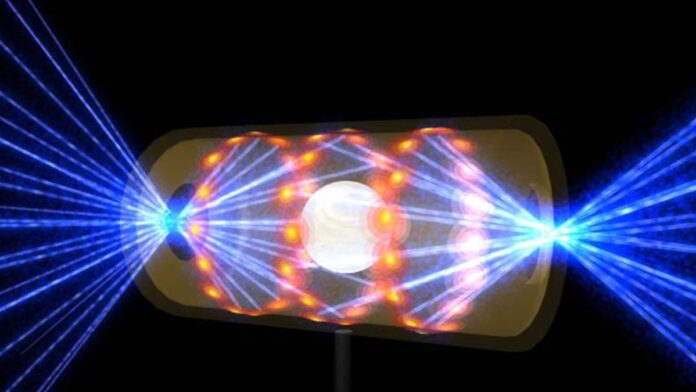A U.S. lab has successfully sparked a fusion reaction that released more energy than went into it. But there’s still a long way to go toward fusion as a clean energy source.
For more than 60 years, scientists have pursued one of the toughest physics challenges ever conceived: harnessing nuclear fusion, the power source of the stars, to generate abundant clean energy here on Earth. Today, researchers announced a milestone in this effort. For the first time, a fusion reactor has produced more energy than was used to trigger the reaction.
On December 5, an array of lasers at the National Ignition Facility (NIF), part of the Lawrence Livermore National Laboratory in California, fired 2.05 megajoules of energy at a tiny cylinder holding a pellet of frozen deuterium and tritium, heavier forms of hydrogen. The pellet compressed and generated temperatures and pressures intense enough to cause the hydrogen inside it to fuse…



